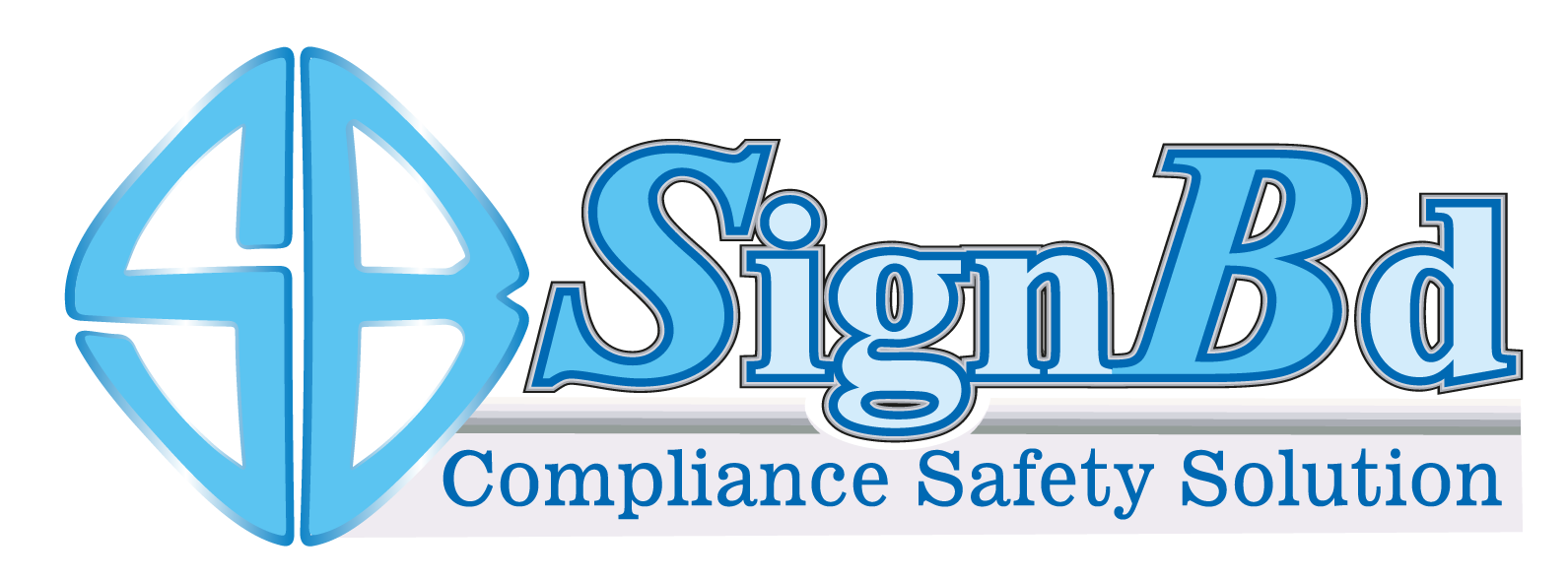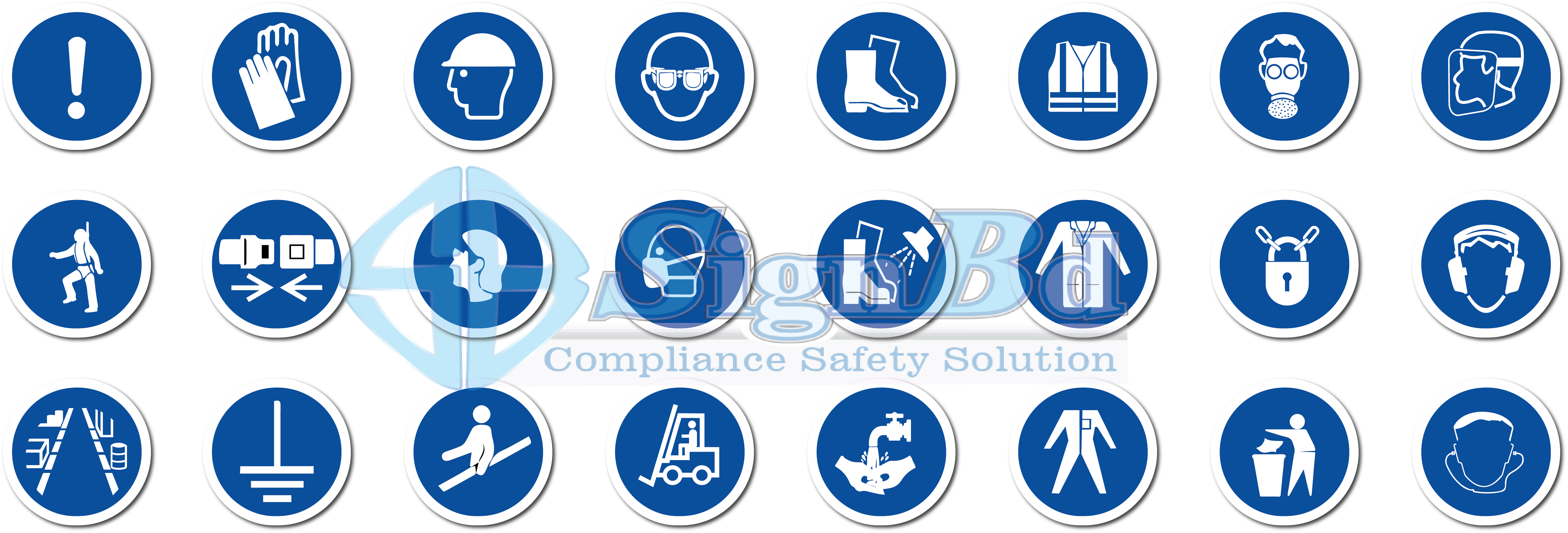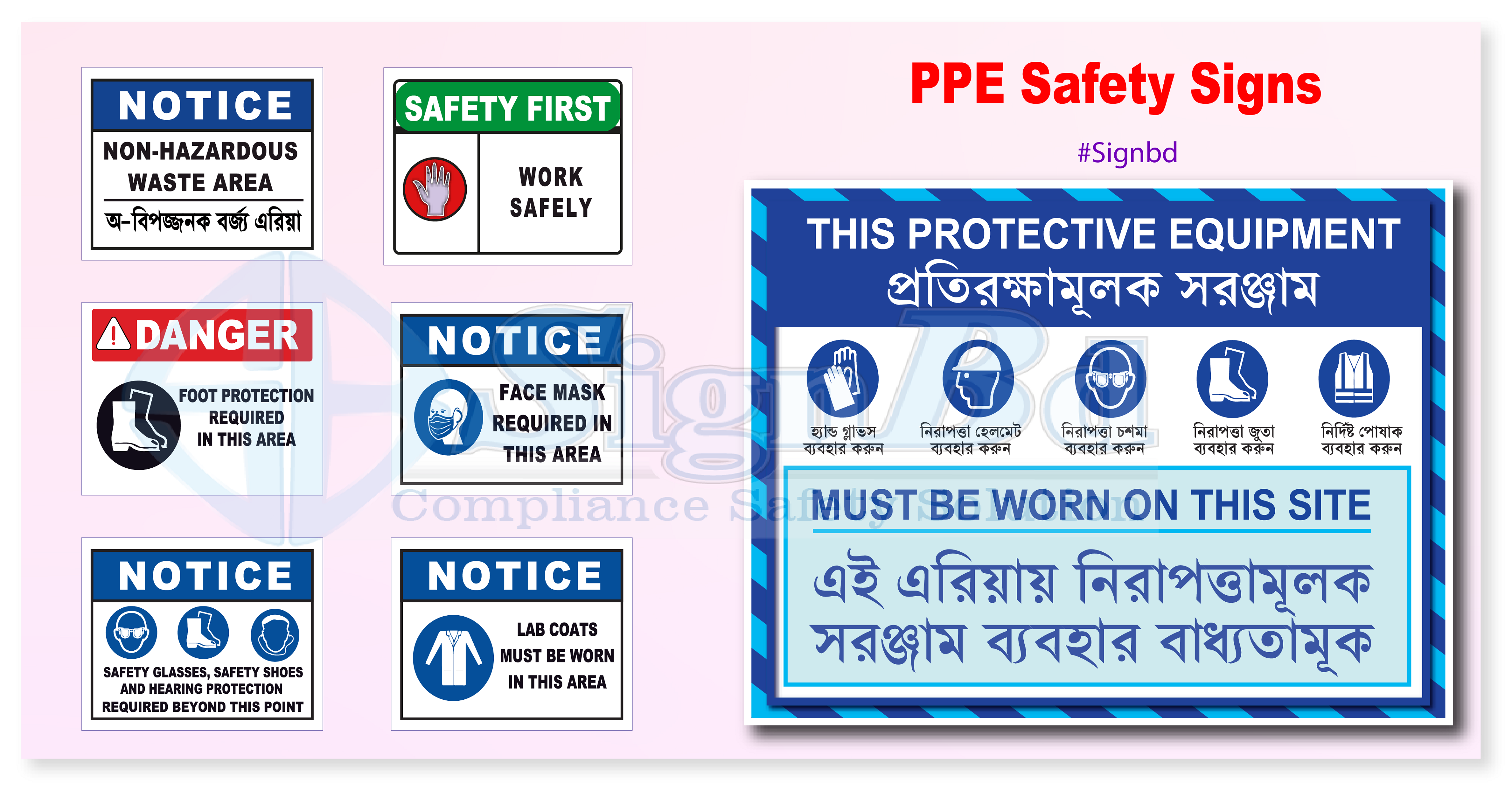+8801600371198
sign_bd@yahoo.com
Account Login
Blog
Home>>All Electrical Safety Signs>>Utility Signs
Utility Signs
Utility Signs: Enhancing Safety and Awareness in Various Environments
Ensuring safety and awareness is crucial across different environments, from industrial sites to office spaces. Utility signs play a vital role in this regard by providing clear and concise information. These signs range from danger signs to safety instructions and are essential in preventing accidents and promoting compliance with standards and regulations.
The Importance of Utility Signs
Utility signs are integral in maintaining safety and awareness across various settings, including construction sites, factories, warehouses, and offices. These signs convey critical information, helping individuals navigate their surroundings safely and comply with safety protocols.
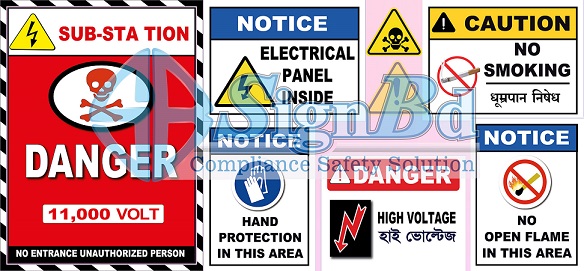
Types of Utility Signs
Utility signs come in various forms, each designed for specific purposes to enhance safety and awareness.
Danger Signs
Danger signs alert individuals to immediate hazards that pose significant risks to health or safety. Typically featuring bold red backgrounds and prominent text, these signs ensure that the severity of the danger is unmistakable.
Notice Signs
Notice signs provide general information or instructions related to safety and operations. They often include emergency procedures, safety guidelines, and updates about operational changes, ensuring everyone is informed and prepared.
Warning Signs
Warning signs signal potential hazards or risks, urging caution. Unlike danger signs, which indicate immediate threats, warning signs alert individuals to situations that require careful attention to prevent accidents.
Prohibition Signs
Prohibition signs explicitly forbid certain actions or behaviors within specific areas, thereby reducing the risk of accidents and ensuring compliance with safety rules.
ISO Signs
ISO signs adhere to international standards set by the International Organization for Standardization. These signs feature standardized designs and symbols, facilitating global understanding and ensuring consistency across various industries.
Safety First Signs
Safety First signs emphasize the importance of following safety measures and practices. They serve as reminders to use personal protective equipment (PPE), maintain proper hygiene, and adhere to established safety protocols.
ANSI Signs
ANSI signs comply with the standards established by the American National Standards Institute. These signs are designed to enhance readability and effectiveness through specific criteria related to design, color, and markings.
OSHA Signs
OSHA signs follow regulations set by the Occupational Safety and Health Administration. They communicate essential safety information and compliance requirements to workers and visitors, thereby promoting a safer working environment.
Applications of Utility Signs in Different Settings
Utility signs are crucial in various settings, each with unique requirements to ensure safety and awareness.
Industrial Settings
In industrial environments, utility signs identify hazardous areas, provide equipment operation instructions, and outline emergency protocols. These signs reduce risks associated with complex machinery and hazardous materials, ensuring worker safety and regulatory compliance.
Factories
Factories rely on utility signs to guide safety procedures, identify restricted areas, and warn of potential hazards. Clear signage helps streamline operations, minimize accidents, and maintain adherence to regulatory standards.
Construction Sites
Construction sites are fraught with hazards, including heavy machinery and unstable terrain. Utility signs guide workers and visitors by alerting them to dangers such as debris, uneven surfaces, and restricted access areas, thereby enhancing safety.
Warehouses
In warehouses, utility signs aid in organizing the space efficiently and ensuring safe loading and unloading operations. They provide operating instructions and warn against hazards such as forklift traffic and overhead obstacles.
Office Areas
Even in office environments, utility signs are essential for safety. They indicate emergency exits, fire evacuation routes, and the locations of first aid equipment, empowering employees to respond effectively in crisis situations.
Conclusion:
Utility signs are indispensable in fostering a safe and aware environment across various settings. By providing clear, standardized information, these signs help prevent accidents, promote safety protocols, and ensure compliance with international and local regulations. Whether in an industrial plant or an office building, the presence of well-designed utility signs is a key component in maintaining a secure and efficient workspace.

Applying sine to different settings of the utility
Utility signs find applications across a variety of settings to promote safety and awareness:
Industries
In industrial production, utility signs are crucial for identifying hazardous areas, equipment operation instructions, and emergency protocols. They help reduce the risks to people associated with complex machinery operations and hazardous materials, ensure the well-being of workers and employees, and raise awareness. and require signs indicating the locations of emergency exits, fire escape routes, and first aid equipment.
Factory
Utilities rely on signs to guide safety procedures in factories, identify restricted areas, and warn against potential hazards. Clear signage helps streamline operations, reduce accidents and maintain compliance with regulatory standards.
Construction site
Construction sites present numerous hazards including heavy machinery, tall structures and unstable terrain. Utility signs guide workers and visitors, raising awareness by alerting them to hazards such as debris, uneven surfaces and restricted access areas.
Warehouse
In warehouses, utility signs play a role in efficient organization, facilitating safe loading and unloading. Provides operating instructions and warns against potential hazards such as forklift traffic and overhead obstacles.
Office area
Even in an office environment, utility signs are safe and in times of emergency
Safe off-roading plays a role. They can indicate the locations of emergency exits, fire evacuation routes, and first aid equipment, empowering workers to respond effectively to crisis situations.
Most Popular Safety Sign
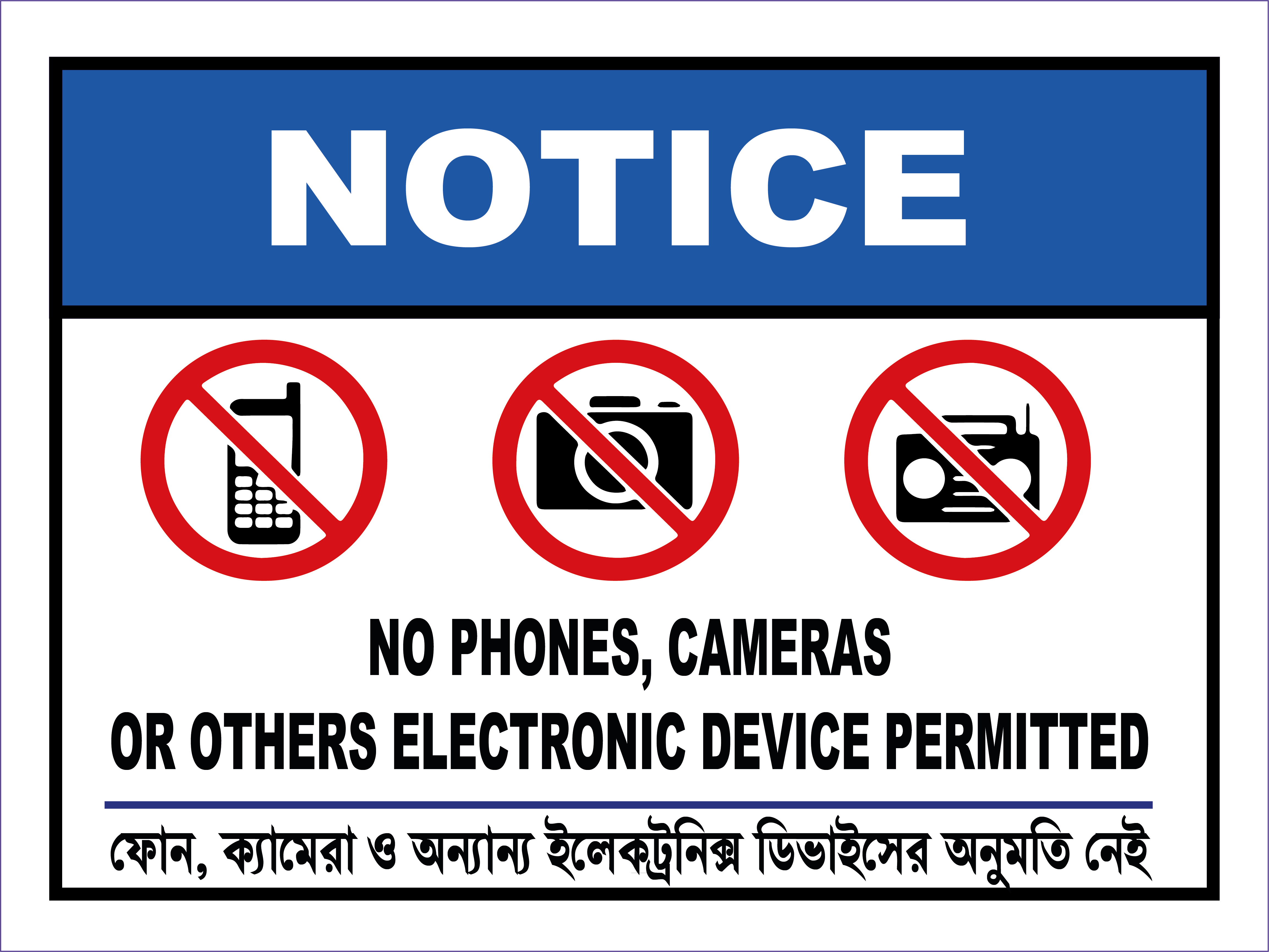
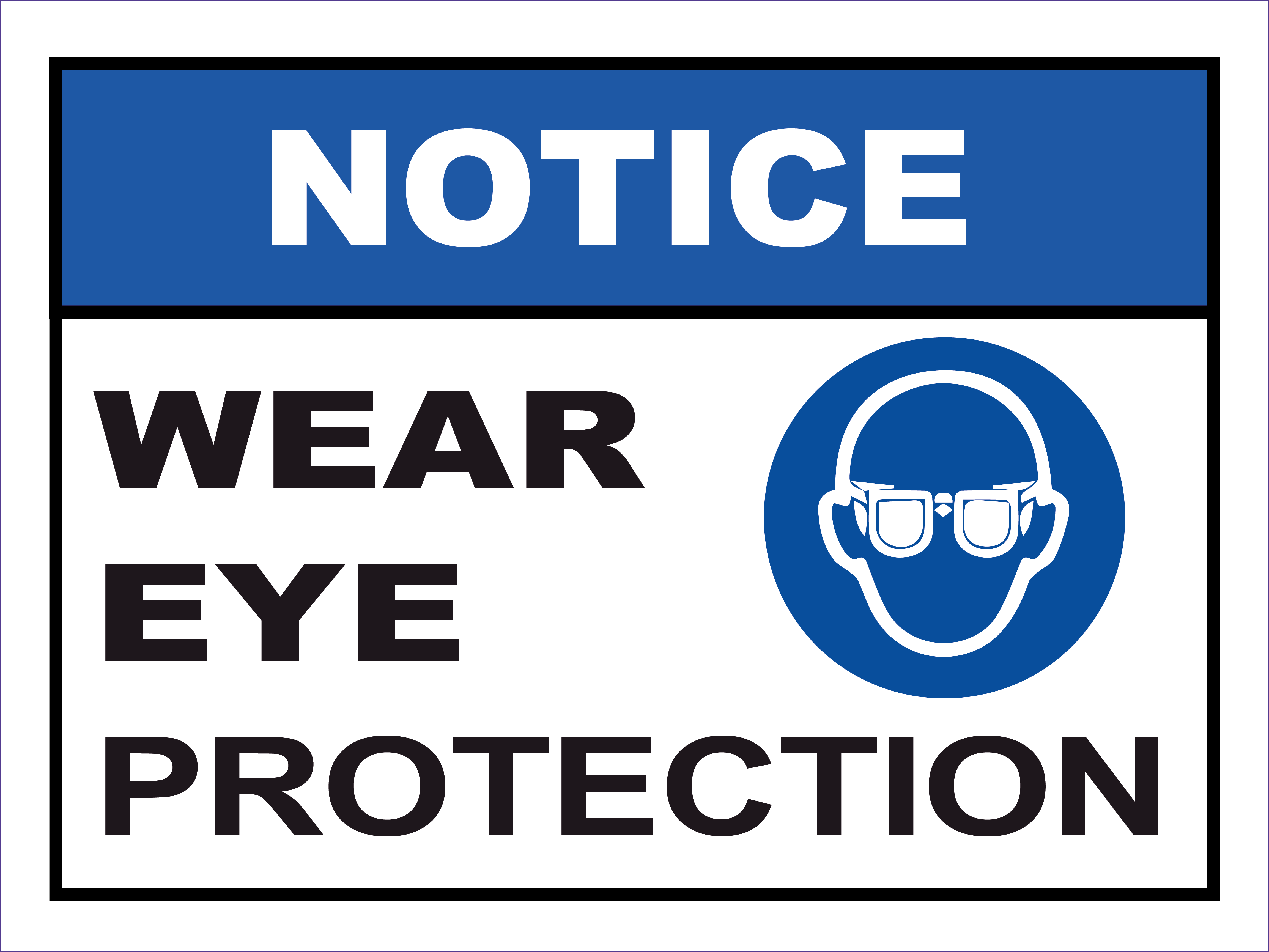
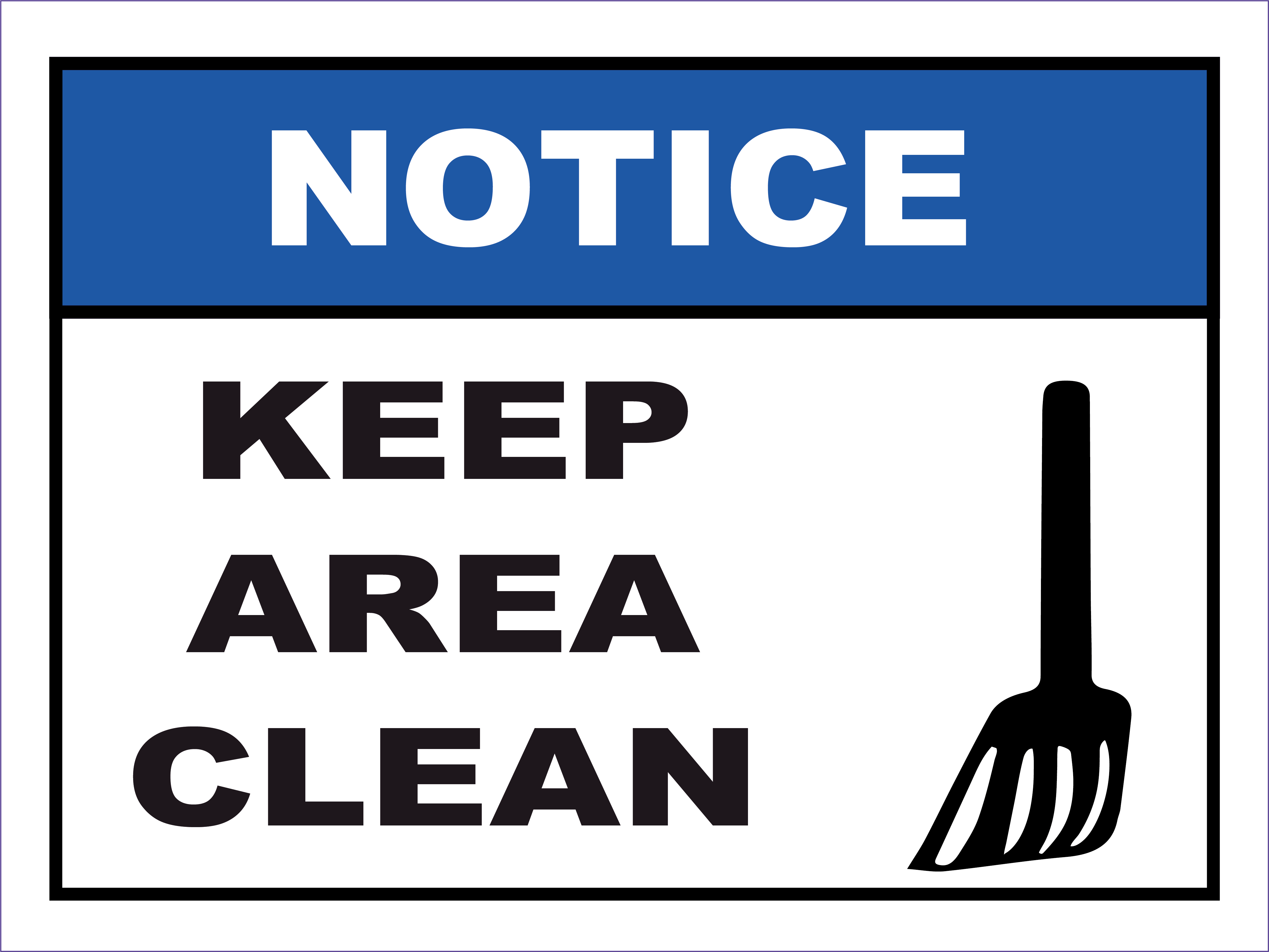
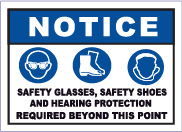
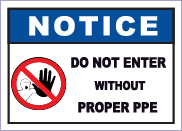
Specialized utility marks
The unique requirements for the utility environment require special utility symbols:
Sub-station sign
Substation signs identify electrical substations and provide safety information related to high-voltage equipment and restricted access areas. These signs help prevent electrical accidents and ensure the safety of personnel working in the vicinity of electrical infrastructure.
For example: Danger signs, high voltage signs, CPR posters, risk assessments, use instructions.
How should generator room signs be?
Generator room signs Utility signs have an extensive role to protect personnel and provide instructions for safe operation and maintenance. Clear signs help prevent accidents and help workers understand what to do in an emergency.
For example: Ear Muff Sign, Risk Assessments, Use Instructions and SOPs.
How should boiler room signs be?
Boiler room signs alert persons to hazards in boilers, steam systems, and related equipment. They communicate safety precautions, emergency procedures, and limited access requirements to prevent accidents and injuries.
For example: ear muff signs, hot surfaces, risk assessments, use instructions and SOPs.
Fire pump room signs
Fire pump room signs indicate the location of the fire pump room and provide essential information for firefighters. These signs help ensure timely response to fire emergencies and facilitate the effective operation of fire suppression systems.
Conclusion:
Utility signs are essential tools for increasing safety, awareness and compliance in a variety of environments. By effectively conveying important information, these signs reduce risk, prevent accidents and promote a culture of safety in industries and workplaces. Whether complying with OSHA standards, ANSI guidelines, or international protocols, the implementation of utility signs underscores a commitment to prioritize the well-being of individuals and protect them from potential hazards.
Most Popular Danger Safety Sign
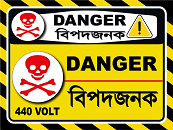
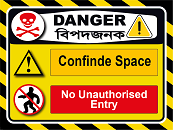
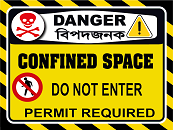
#SafetyFirst #UtilitySigns #WorkplaceSafety #OSHA #ANSI #ISOStandards #IndustrialSafety #ConstructionSite #WarehouseSafety #OfficeSafety #DangerSigns #WarningSigns #ProhibitionSigns #SafetyAwareness #EmergencyProcedures

OSHA Safety Signs
OSHA Safety Signs: A Comprehensive Guide to Ensuring Workplace Safety
Understanding the critical role of OSHA safety signs in the workplace is essential. These signs fall into four main categories: Danger, Warning, Caution, and Notification. Each serves a unique purpose in addressing varying levels of risk. Why are OSHA standards vital for safeguarding employees and workers?
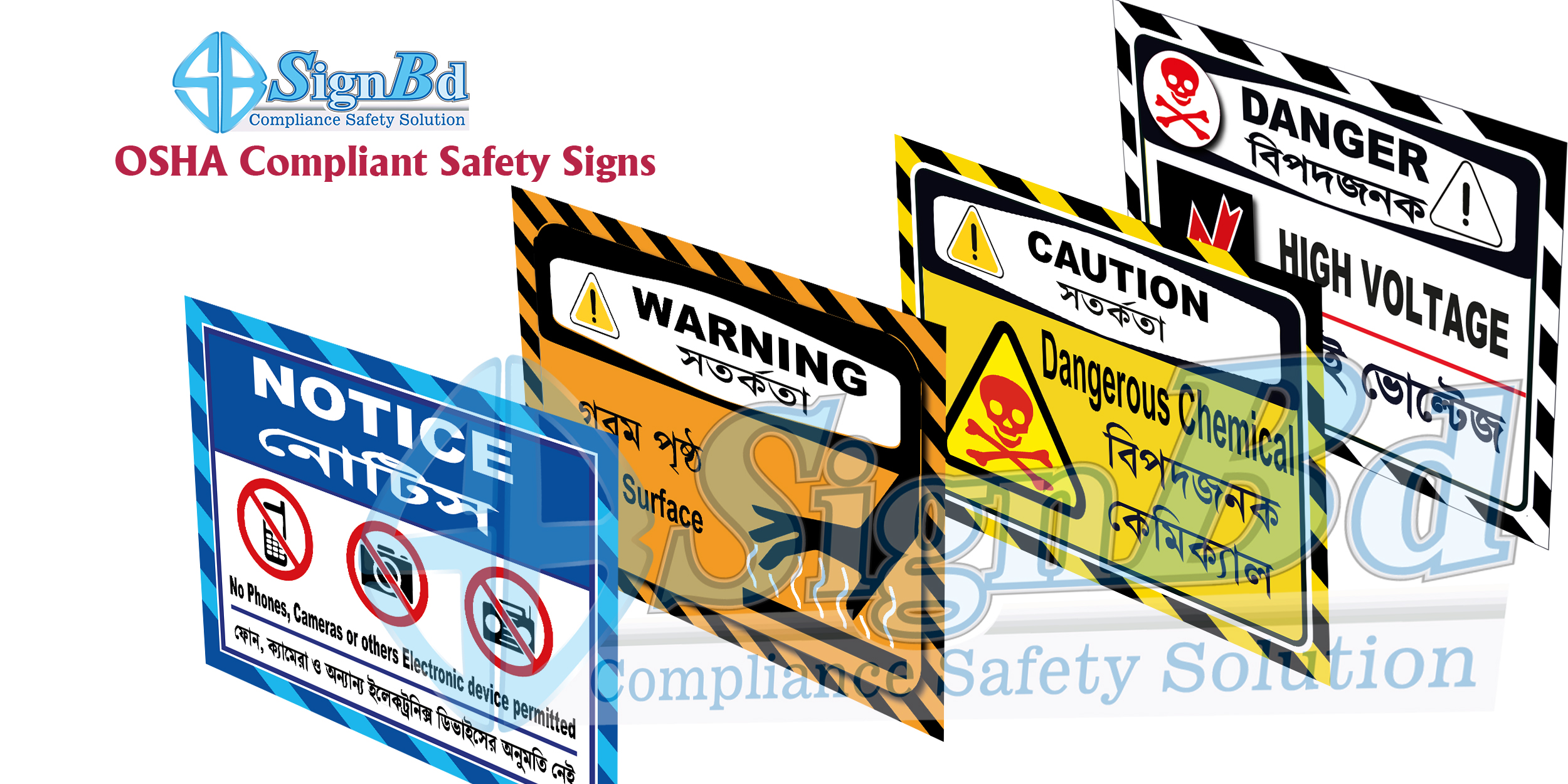

ANSI Safety Sign
Understanding and Implementing ANSI Safety Sign Standards
The American National Standards Institute (ANSI) sets the benchmark for safety and accident prevention through comprehensive guidelines, particularly ANSI Z535.4-2011 (R2017). These guidelines are crucial for creating effective safety signs and labels across various industries. Whether it’s a label or a sign, the primary goal is to convey critical safety information to comply with ANSI standards. Let’s delve into the importance of adhering to ANSI safety sign standards.
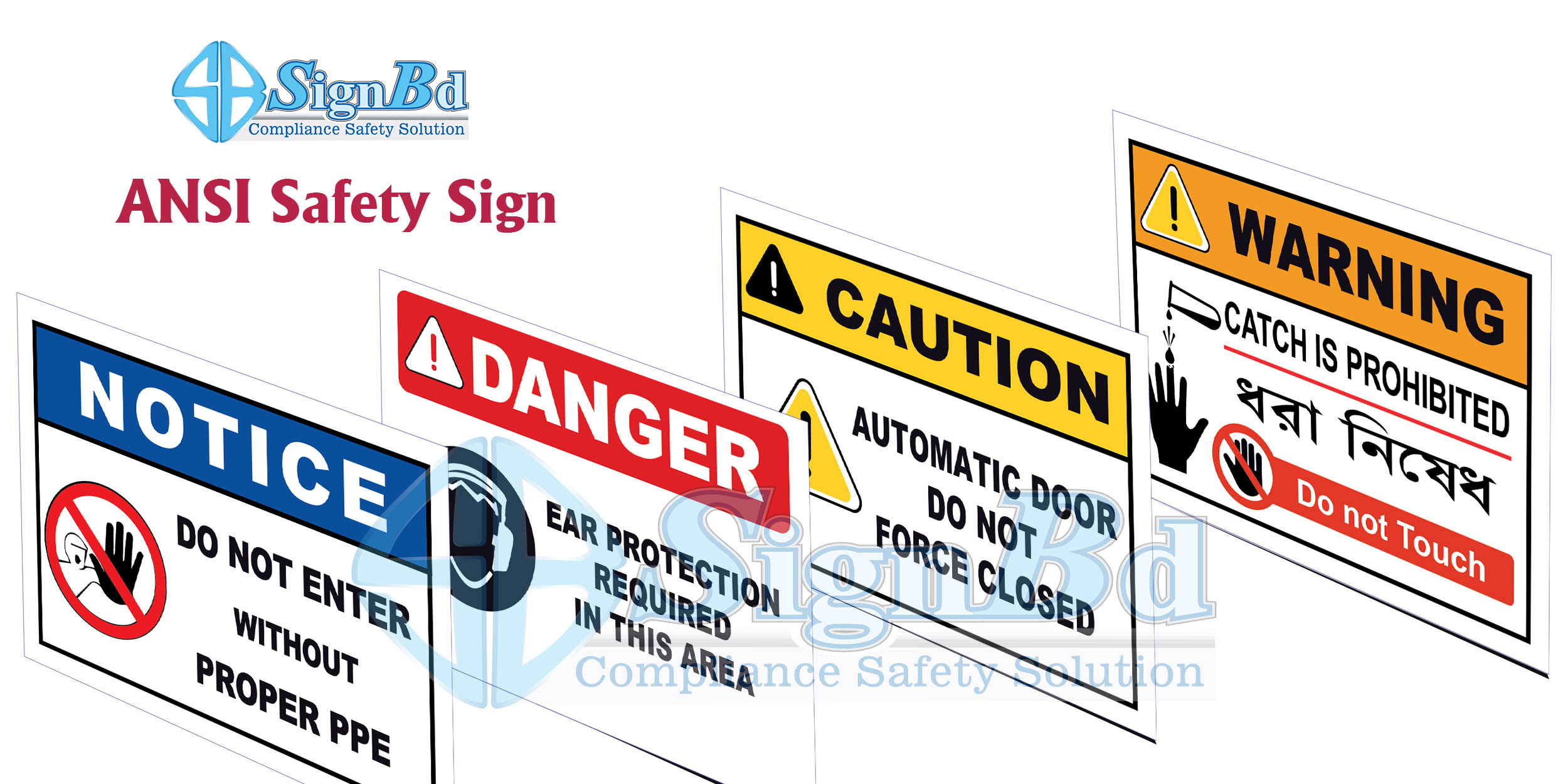

ISO Safety Signs
Enhancing Workplace Safety with ISO Safety Signs
In the modern workplace, safety is of utmost importance. One of the key elements in maintaining a safe environment is the use of ISO safety signs. These signs, governed by the ISO 7010 standard, are crucial for effective safety communication. They play a significant role in preventing accidents, ensuring fire safety, communicating health hazards, and facilitating emergency evacuations.

PPE Safety Sign
The Importance of PPE Safety Signs in the Workplace
What is PPE?
Personal Protective Equipment (PPE) refers to specialized clothing and equipment designed to shield the wearer from injury or infection. This includes items like protective clothing, helmets, gloves, goggles, and boots. PPE is crucial in various workplaces to protect workers from potential hazards such as chemical, radiological, physical, electrical, and mechanical dangers. Ensuring the use of PPE significantly reduces the risk of serious injuries and illnesses in the workplace.

The Essential Role of Caution Signs in Workplace Safety
Ensuring Safety Across Various Industries
In the world of industrial and manufacturing organizations, safety is paramount. Caution signs play an essential role in ensuring the well-being of employees and workers. This article delves into the significance of warning signs across various industries and how they contribute to workplace safety.
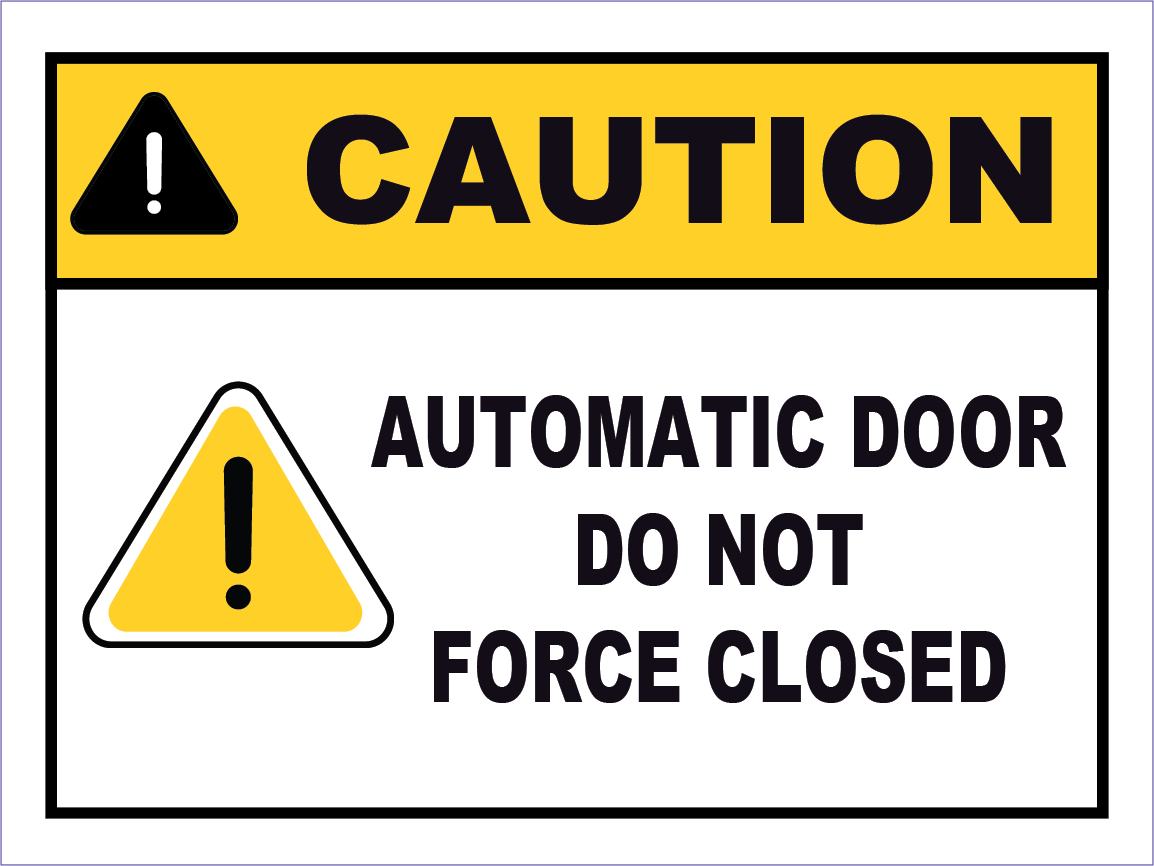
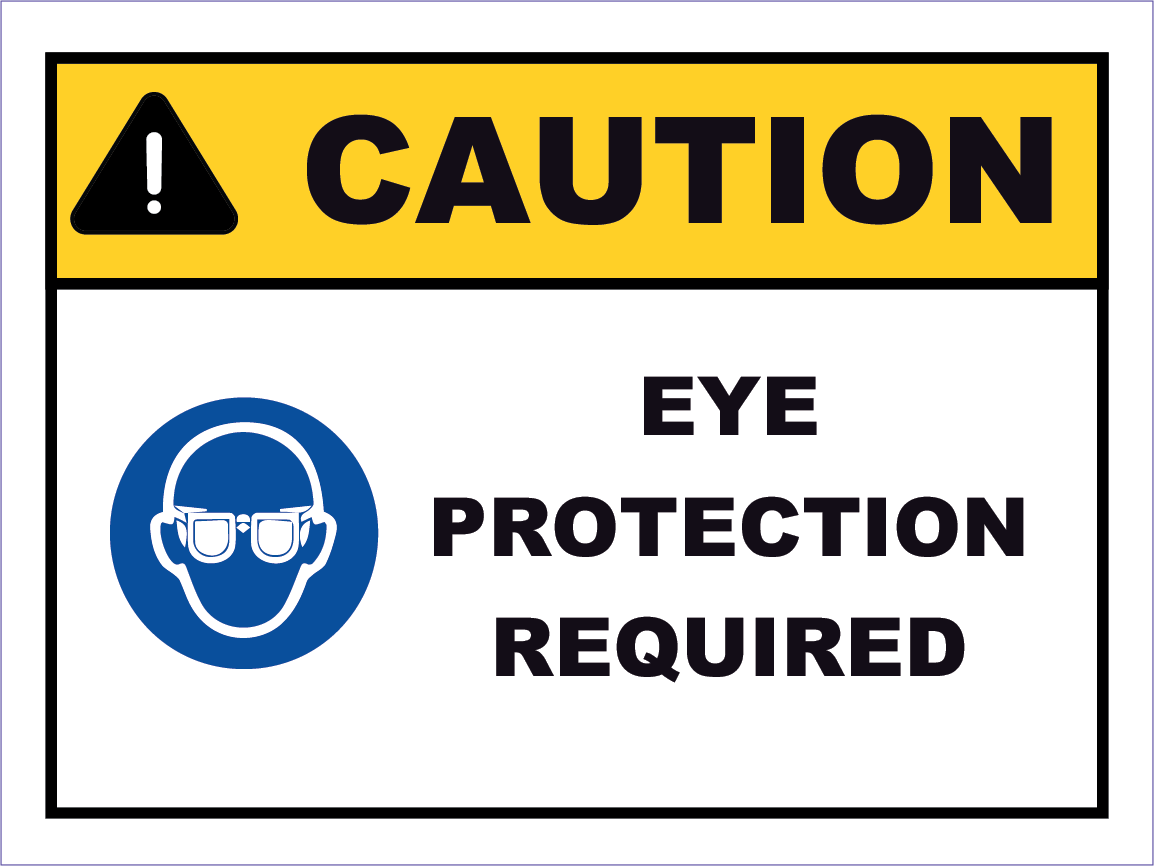
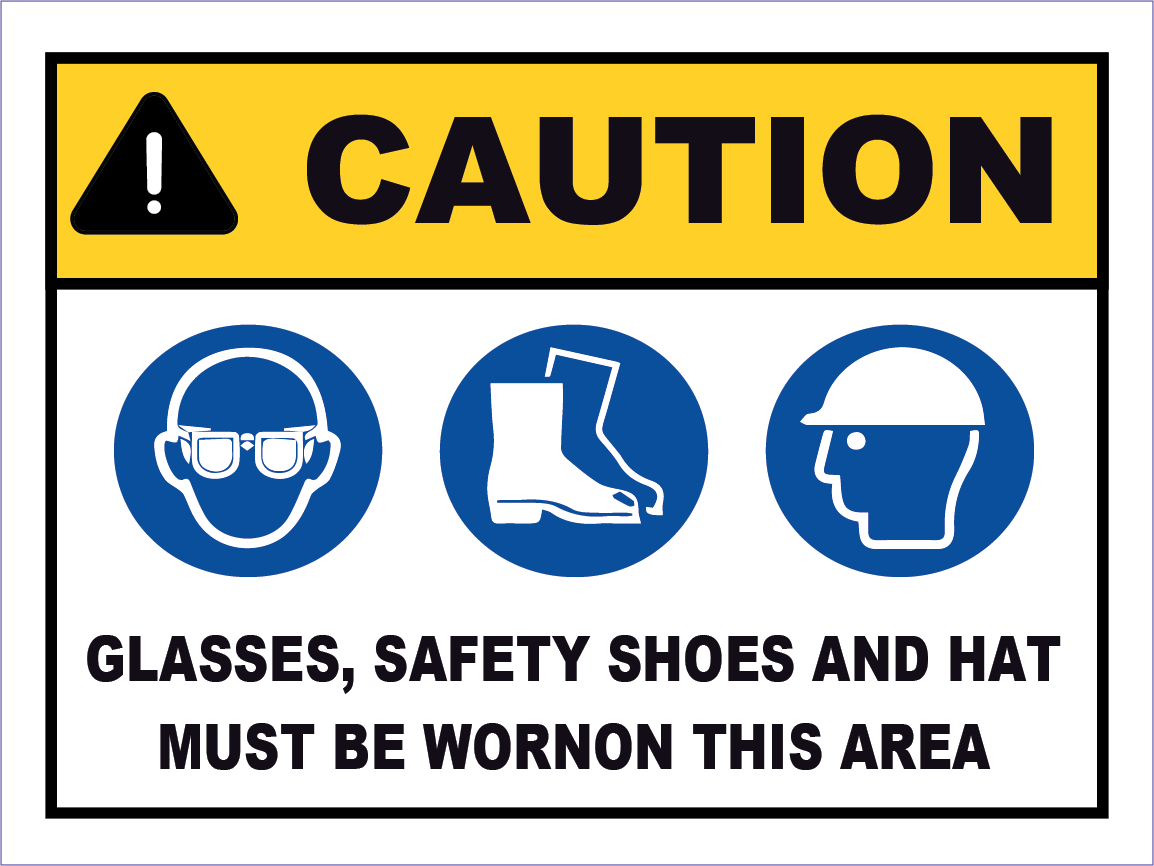
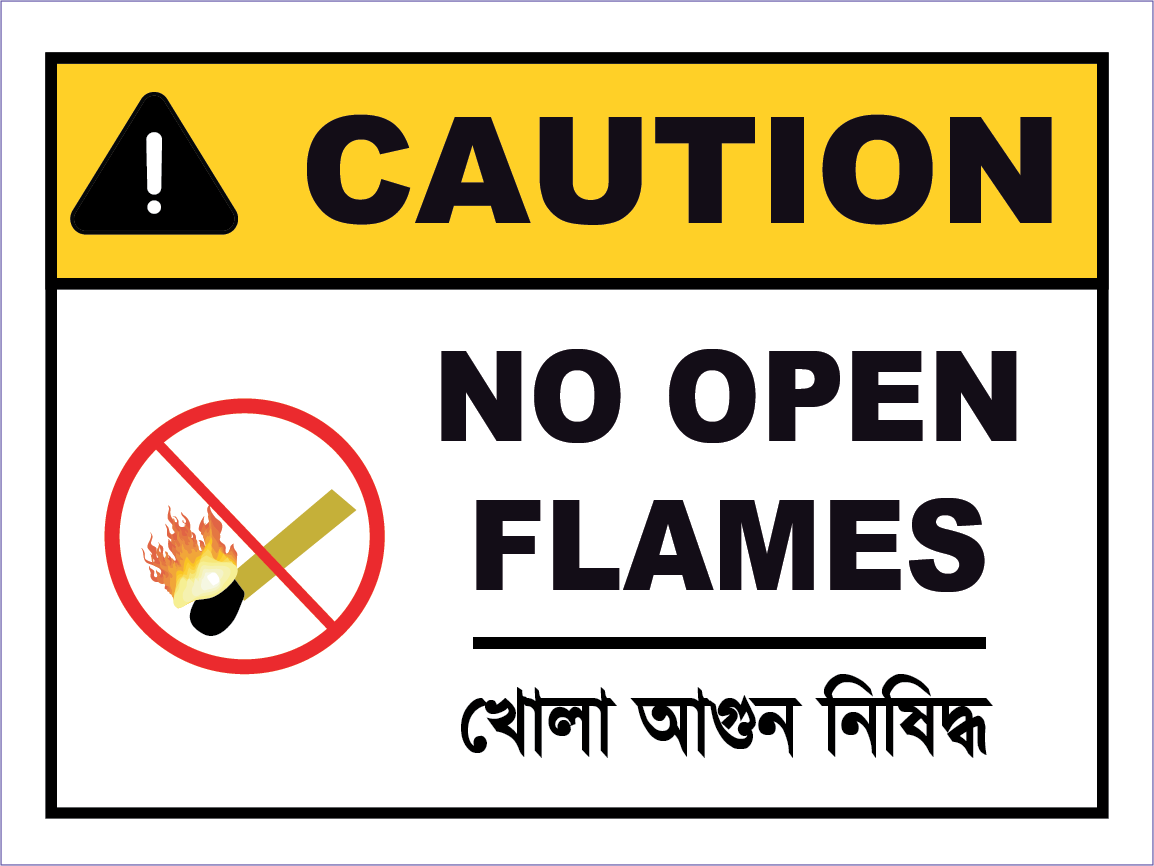
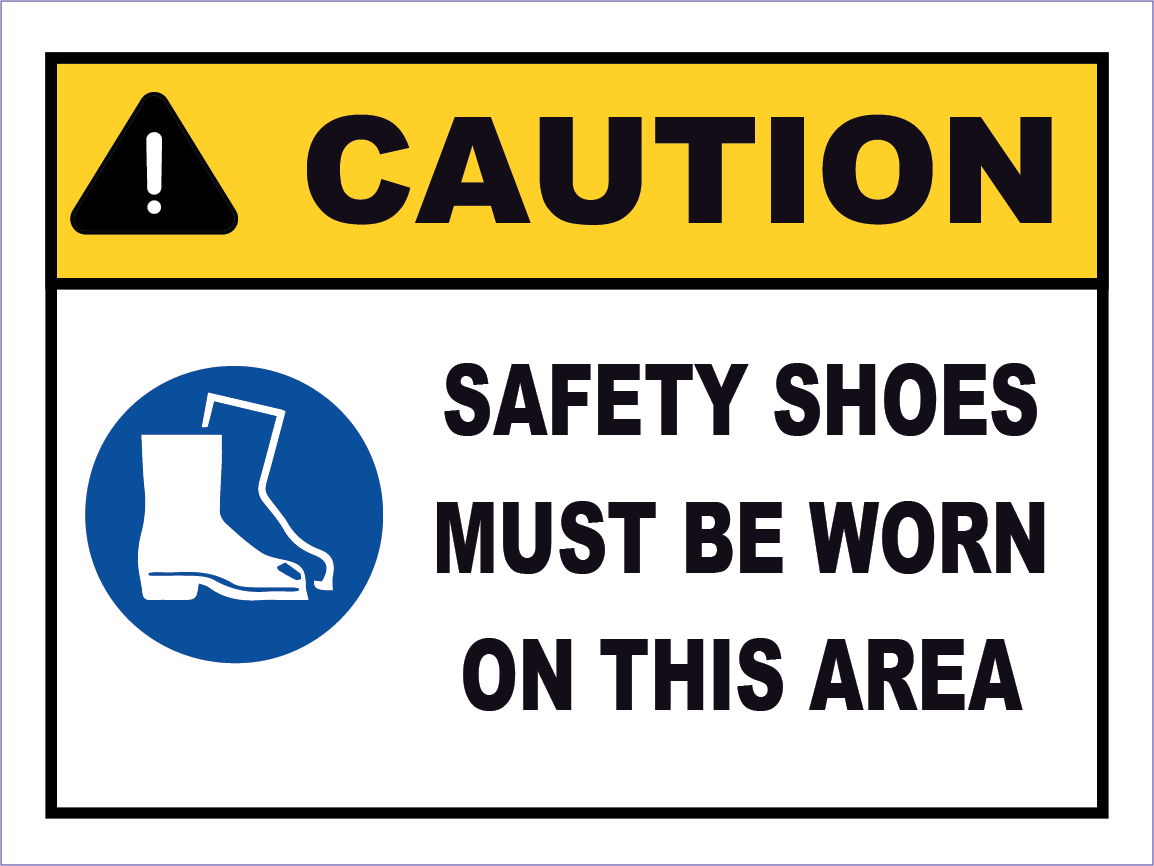

Bilingual Safety Signs
Danger Signs, Warning Signs, Mandatory Signs, Caution Signs, Prohibition Signs
Enhancing Workplace Safety with Bilingual Safety Signs
Introduction: The Importance of Bilingual Safety Signs
Effective communication in the workplace is crucial for ensuring safety, especially in multilingual environments. Bilingual safety signs are essential tools that help convey important safety information to all employees, regardless of their native language. This article delves into the significance of bilingual safety signs, including danger signs, warning signs, mandatory signs, and caution signs, across various industries.
Why Bilingual Safety Signs Matter
Bilingual safety signs act as universal communicators, ensuring that crucial safety information is accessible to everyone. Industries such as garment factories, dyeing and washing facilities, pharmaceutical companies, and tanneries rely heavily on these signs to maintain a safe working environment. These signs are not just visual aids; they are integral components of workplace safety.


Your Custom Evacuation Floor Plan Design
The Essential Guide to Fire Safety Evacuation Floor Plans
Ensuring the safety of employees in factories, industries, and companies worldwide hinges on having a meticulously designed fire safety evacuation floor plan. This article delves into the critical nature of these plans, particularly in compliance with US and European standards, and emphasizes their role in safeguarding worker and personnel safety.
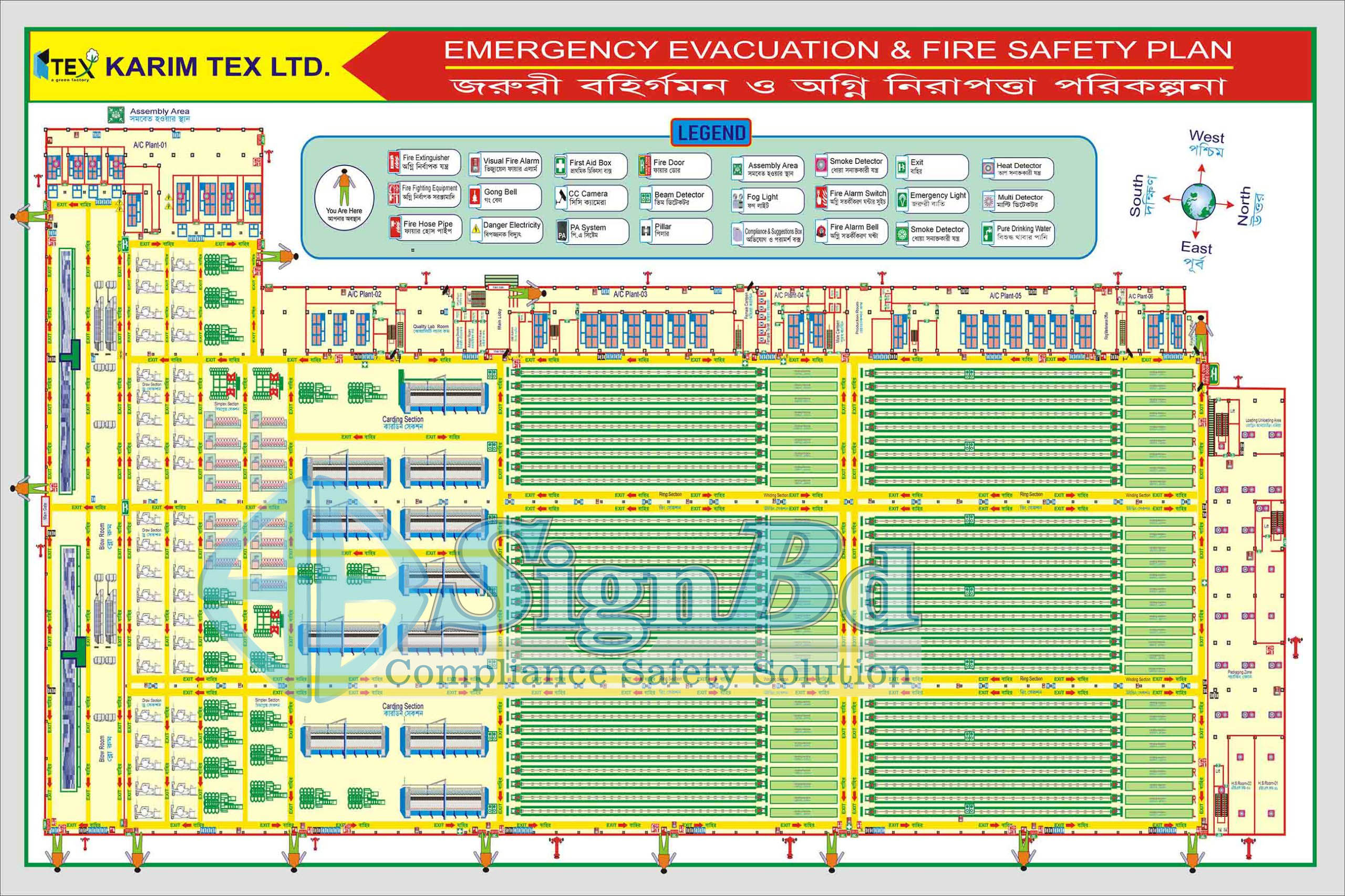
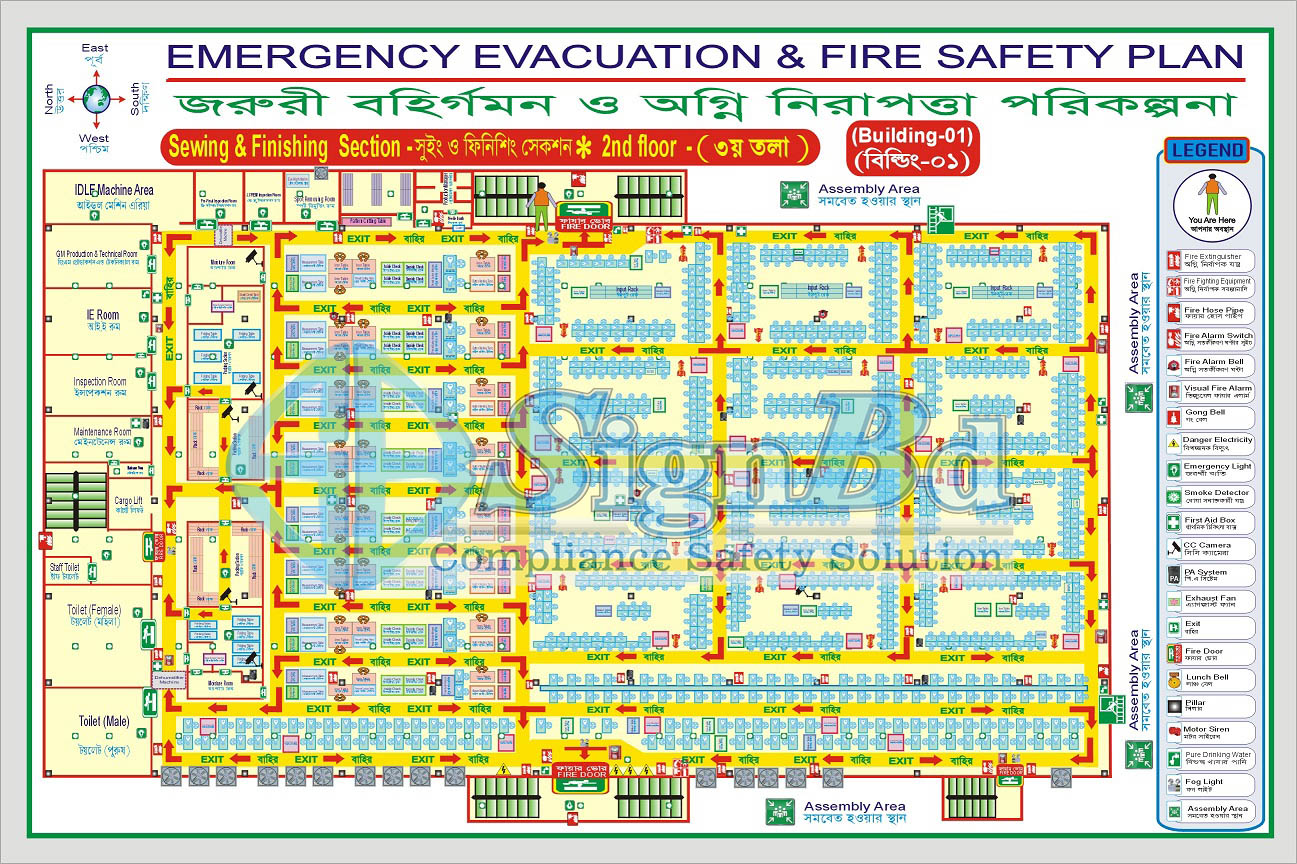
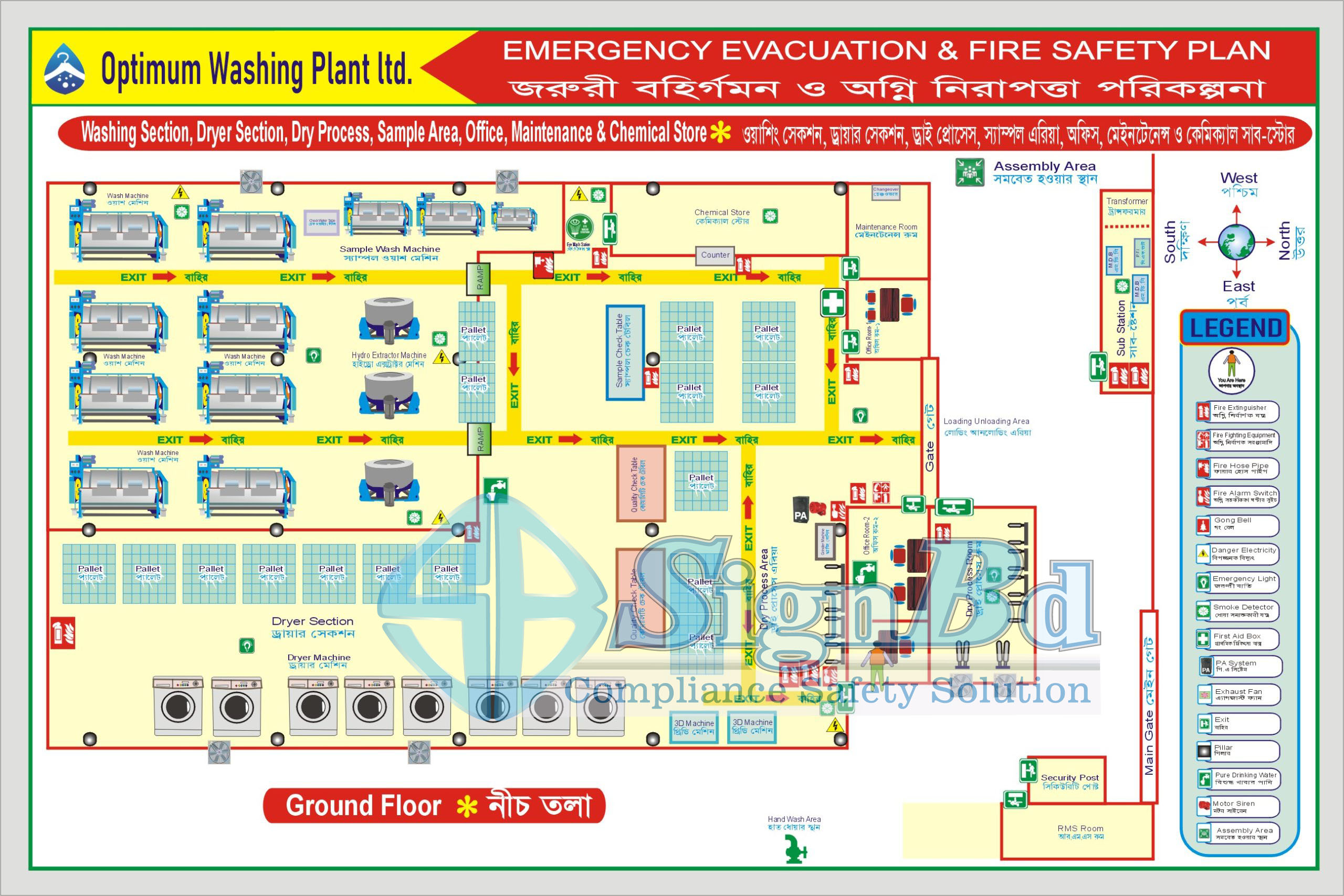
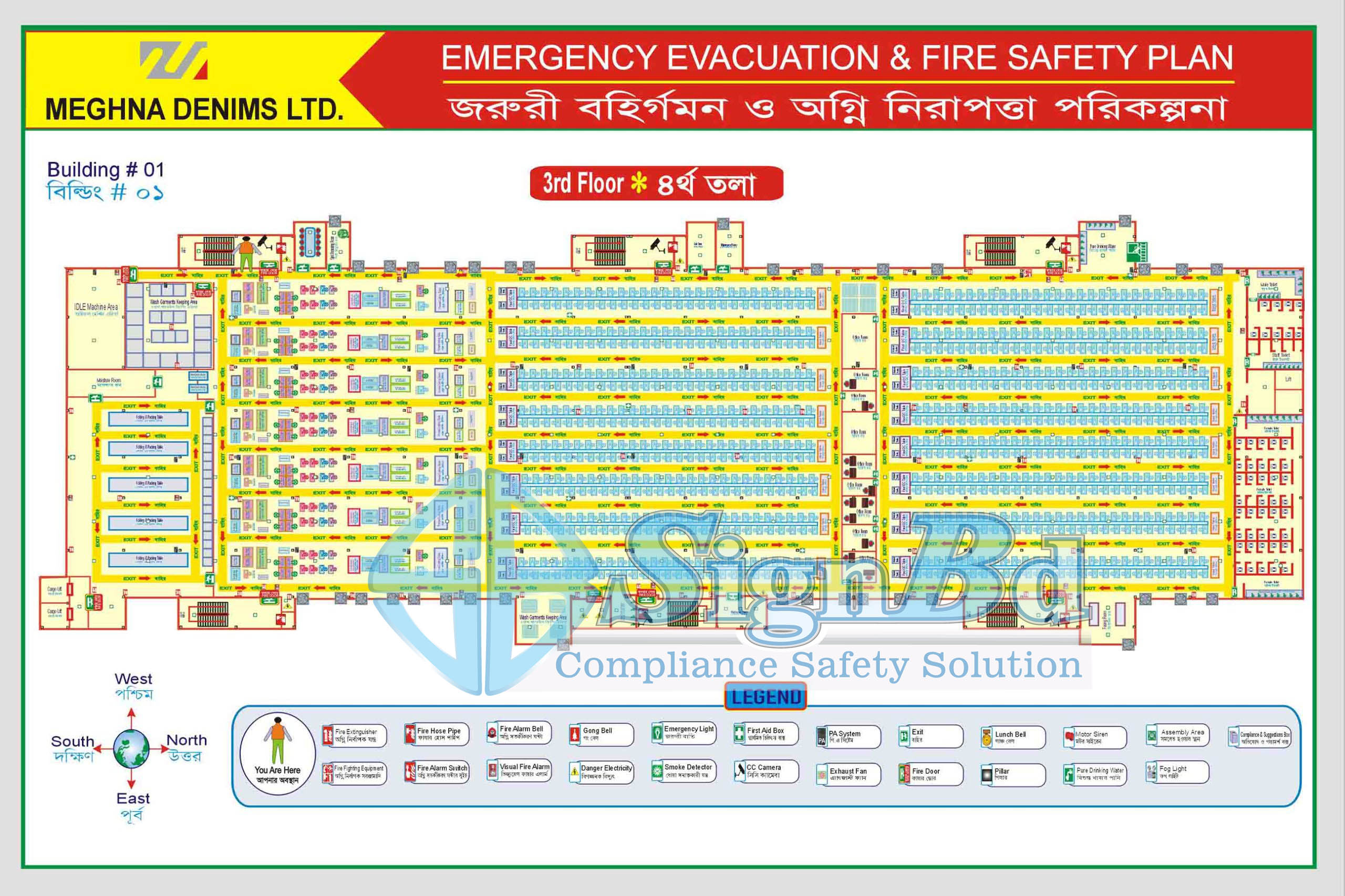
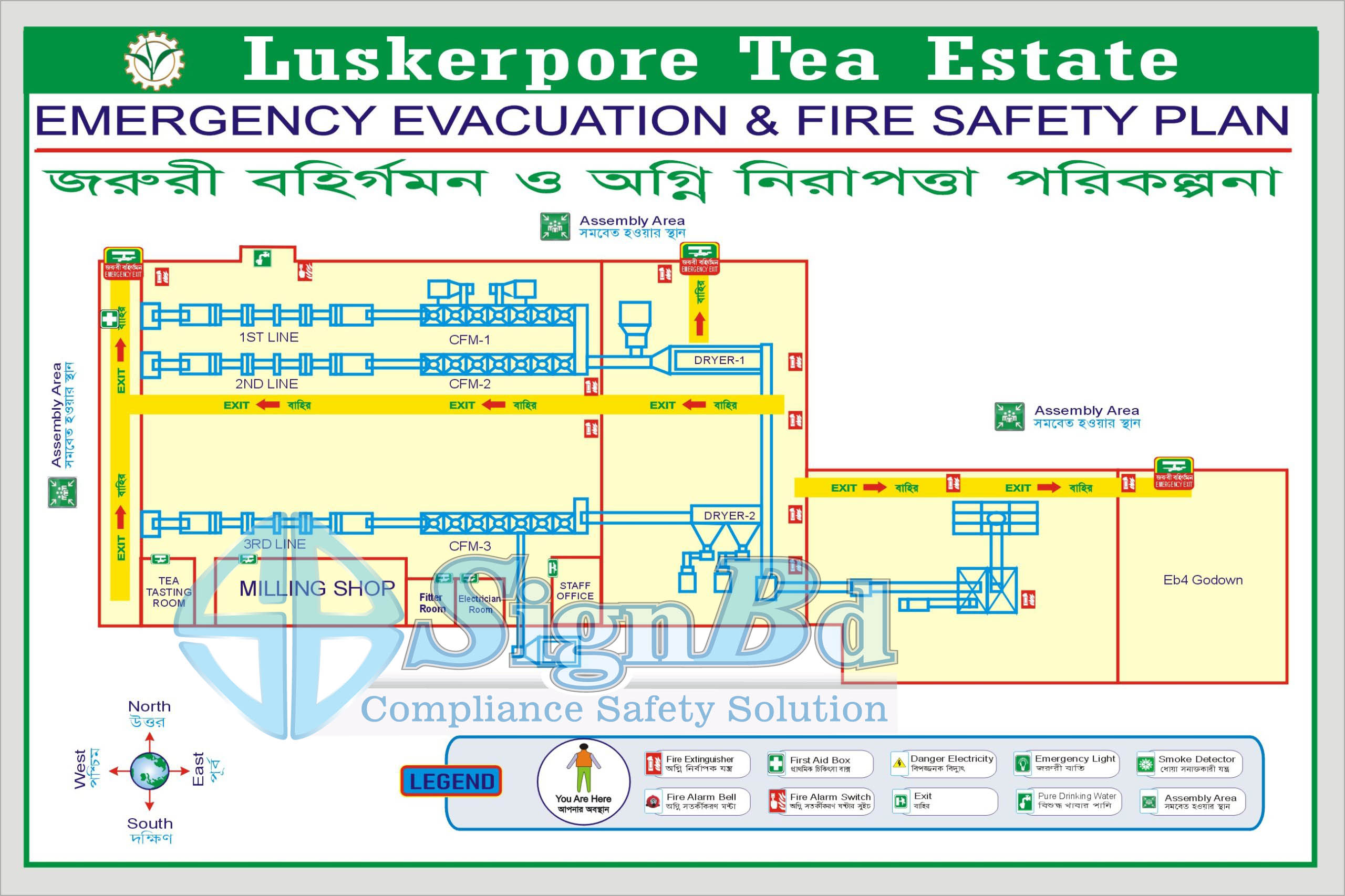
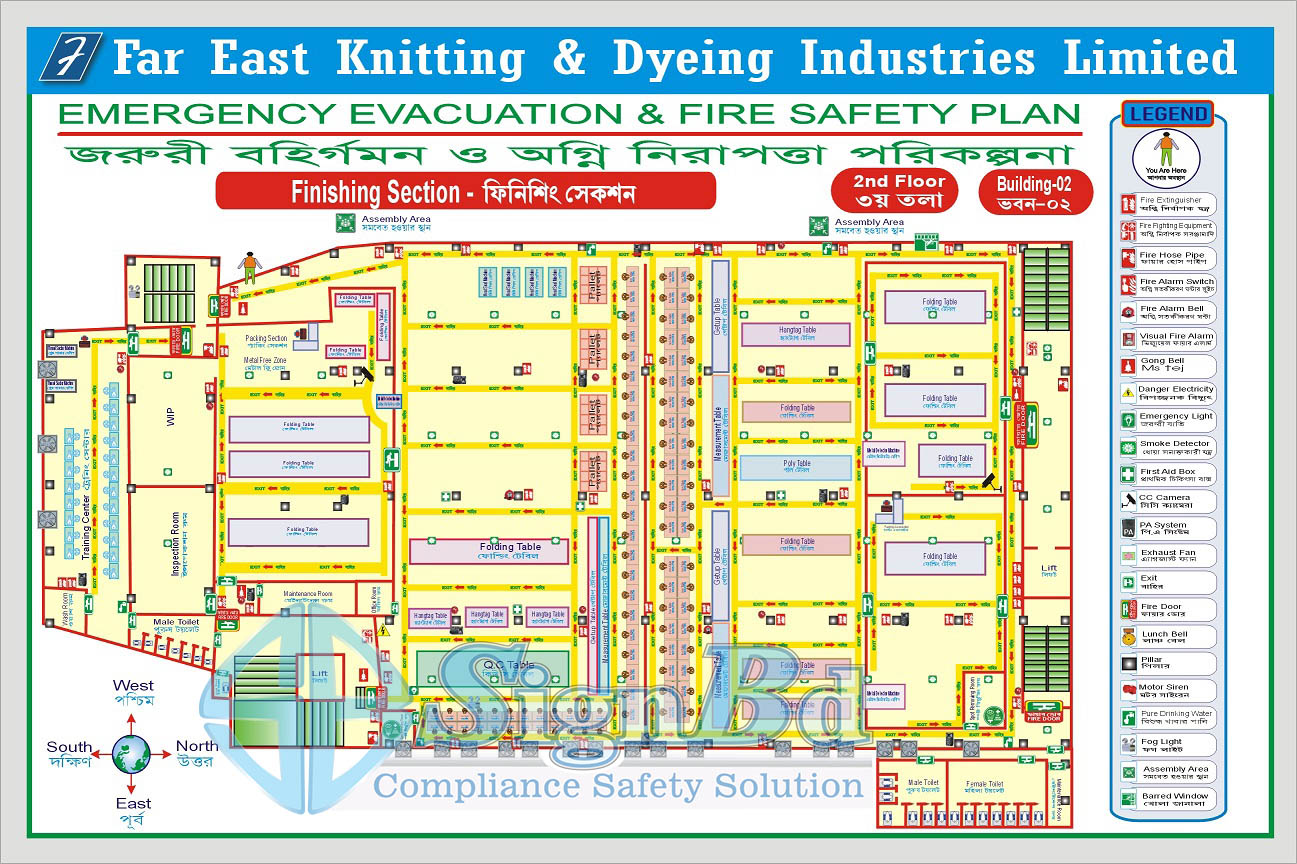

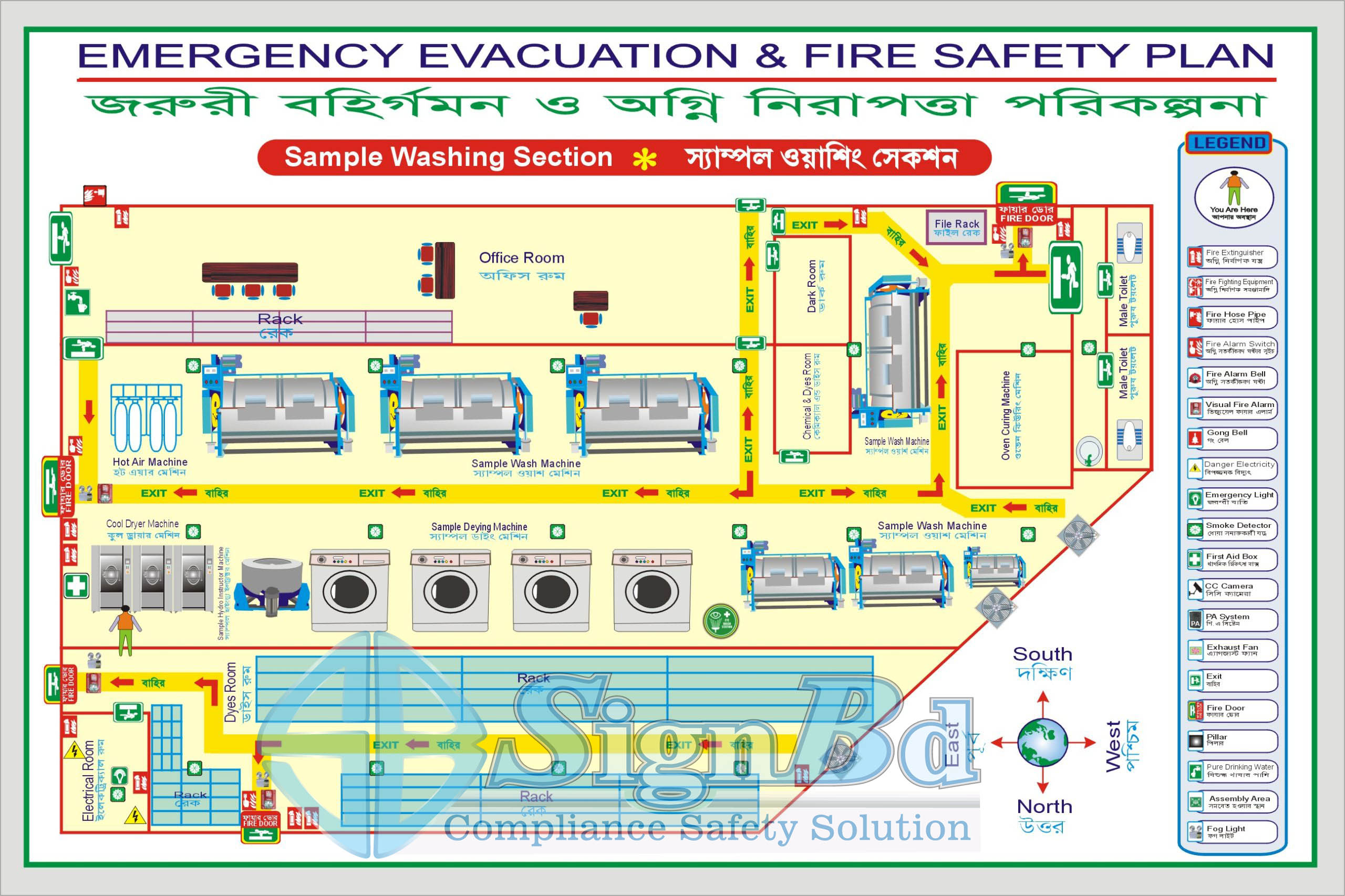
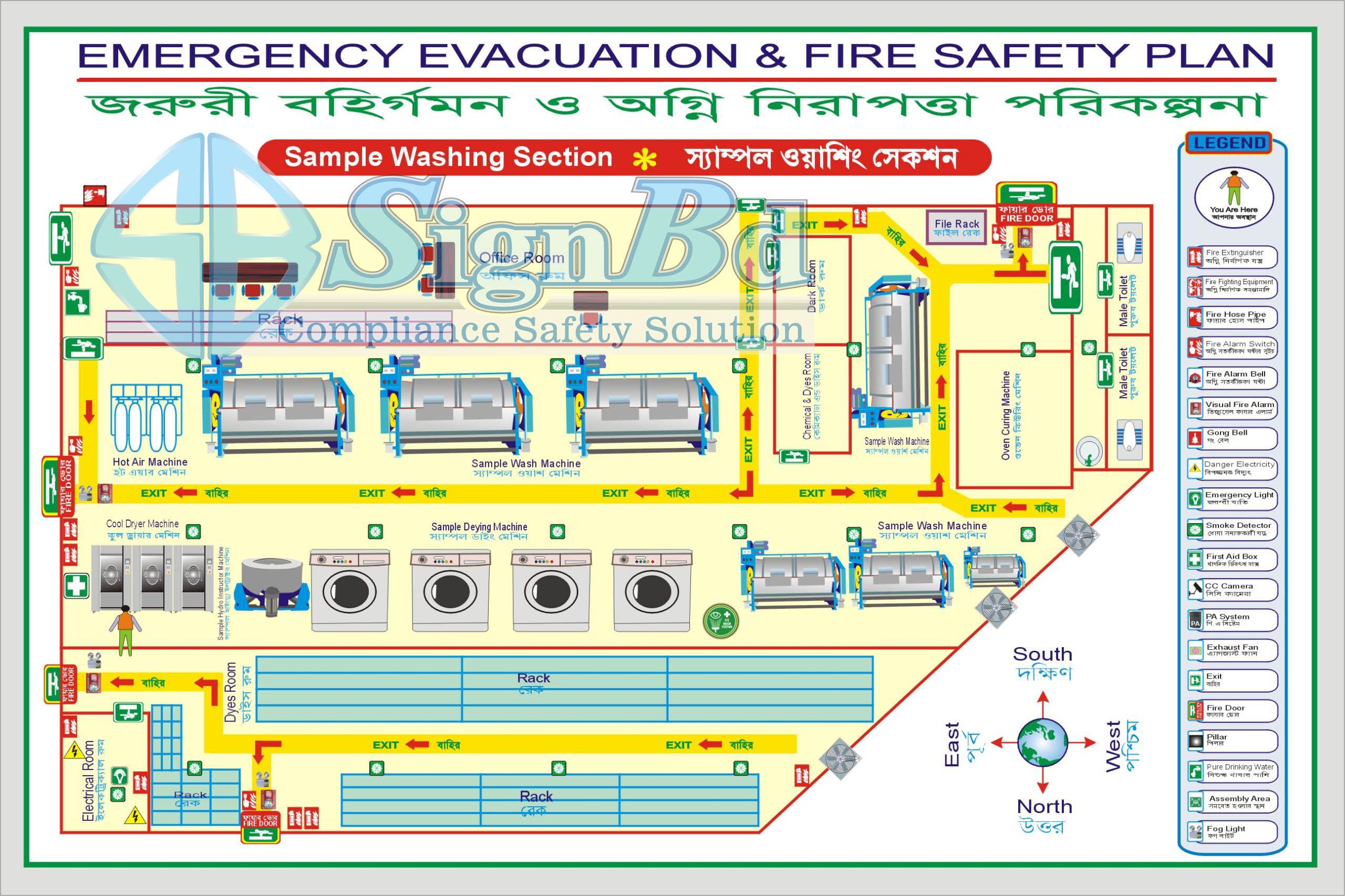

Compliance-Related Custom Sign Design
In ensuring safety and compliance in various industries, having the right signage is crucial.
SignBd specializes in compliance-related safety signs, risk assessments, flow charts, operating procedures, policies, MSDS, fire safety evacuation floor plans (drawing designs), fire safety signs.
Compliance-related safety signs, and chemical safety signs are custom designed.
We have completed expertise in Garment Factories, Green Factories, Textile and Shoe Factories, Pharmaceutical Companies, Washing Factories, Foods, Dyeing Factories, Dyeing Finishing, Tannery and ETP industries.
US and European buyers are active in these industries.
SignBd is experienced in custom sign design according to Fire Safety Evacuation Floor Plan category.
Our expertise spans since 2006.
Wherever you are? Share your plan with us. Our team is always ready to serve you.
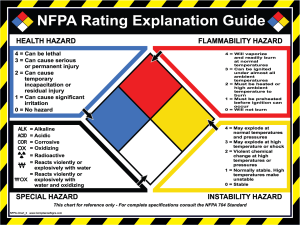
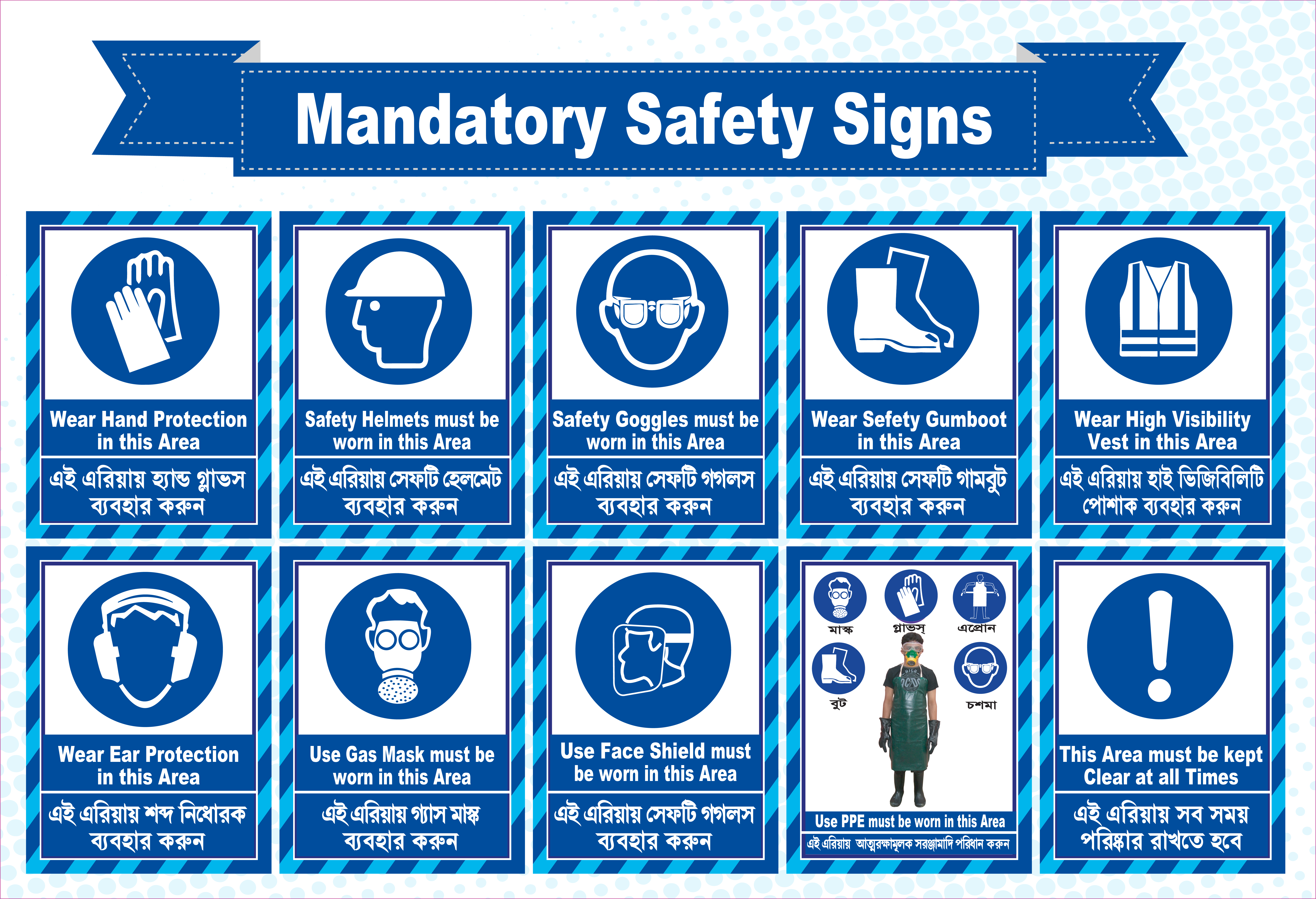

Gate in Touch:
Copyright © 2006 | Powered by signbd
